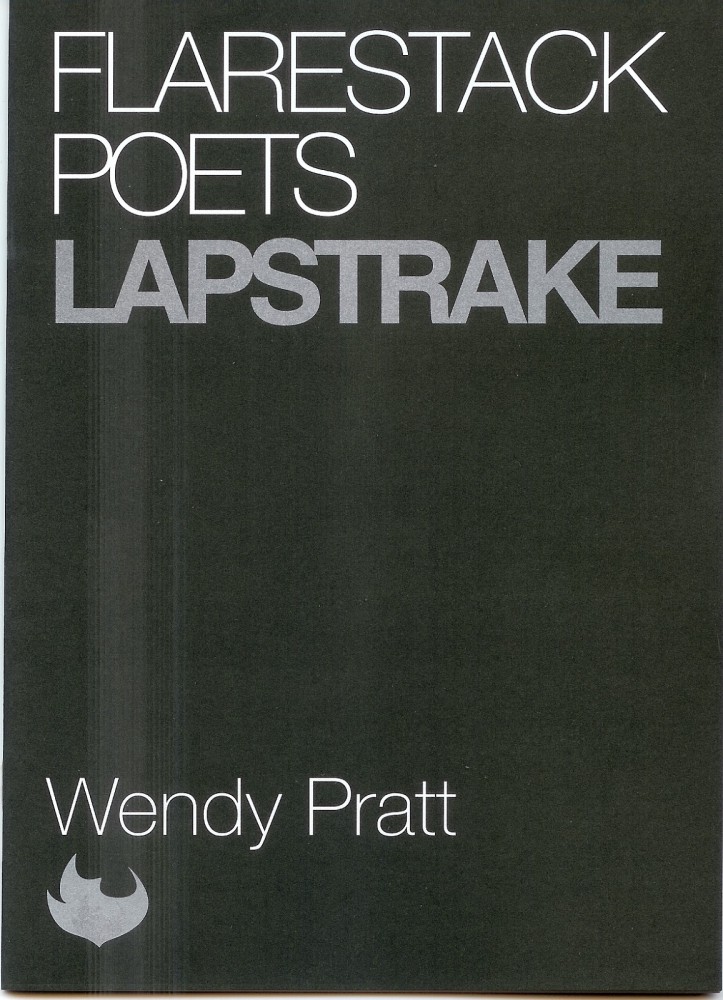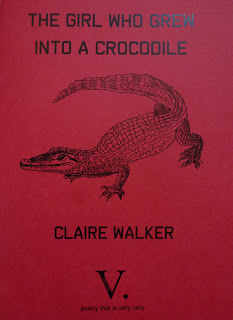Lapstrake by Wendy Pratt
– Reviewed by Bethany W. Pope –
Wendy Pratt’s latest pamphlet, Lapstrake, shares many qualities with the technique which bears its name. In shipbuilding, a ‘lapstrake’ is a method of construction wherein the planks overlap across the hull like waves, or the scales of a dragon. If one plank is damaged, or removed, the whole thing falls to pieces. By necessity, its construction must be tight; formal. Not a centimetre can be wasted if the ocean is to be kept out. Tides, balance, the threat of destruction; every major nautical theme is present here, without surplus.
Pratt’s great strengths are construction, thought, and careful planning. Despite her primordial themes, she is not a writer who writes naturally from the well of her unconscious. She forms a net of intellect, then dredges the water. This is clear from the first poem in the book. ‘Lapstrake’ is a Pantoum; a form constructed of overlapping lines which shift from stanza to stanza, changing their meanings as they go. Many people (writers and readers) miss the fact that form is meant to add an extra layer of meaning to the poems they’re constructing. It isn’t a challenge the writer is issuing to the readers or themselves. It isn’t an excuse or showing off. It isn’t a puzzle. The form should fit the subject, and support it, like a frame. In ‘Lapstrake’ the Pantoum mirrors the tidal themes mirrored in the suck and draw of water and the overlapping planks of a sound hull:
The hull planks overlap, they land
against each other and nest up
as fishermen must do. The span
of water peeling off the bow; the waves that buttagainst each other and nest up
are creatures searching out the curl
of water peeling off the bow.
The ship is on the sea; the ship is the sea. The two things, one manmade (and therefore temporary), one eternal, are really one thing.
This unification of the temporal (human) and the eternal (mythic) is a reoccurring theme. In poems which speak of profound loss (a dead child) the poet finds herself wearing the mask of an older story. She becomes the Norse goddess Rán, casting her net into the depths to draw out death:
It is cold, the sea salt-cold inside.
I hold my net for them and the pearly sheen
of teeth cling in the knotsand I cradle their heads as they thrash
like gill-less fish.
Mythology and science converge in the idea that all life emerges from the sea. Myths go a bit further than that. The ancient stories say that, sometimes, the primordial womb gives birth to death. This is the subject of the sequence ‘And Her Great Gift of Sleep’. Pratt notes that the title is taken from a poem by W. E. Henley (art inspires art, and it’s good for a poem to acknowledge its parents) and the subject (a miscarriage) cuts close to the quick:
She is drowning.
My little sprat, my gill-less fish, slippery-slim
and flexible, my squid, my jewel
in her mermaid’s purse with her tiny feet,
that are a perfect miniature
of my own, has stopped nudging me,
has stopped.
Pratt works consciously from the outside in, crafting her ideas, measuring her themes, erecting a scaffolding. Then she fills up the structure with the blood of her heart. Some of her writing was, honestly, a little cool for me, a little precise and chilly. A little too scaled. But occasionally there is a wet, hot spurt of something rich and vital and salty; a glimpse of something primordial, too large to be human. I hope that, in future books, she seeks it out.




